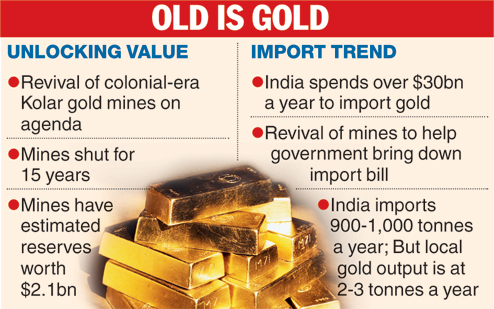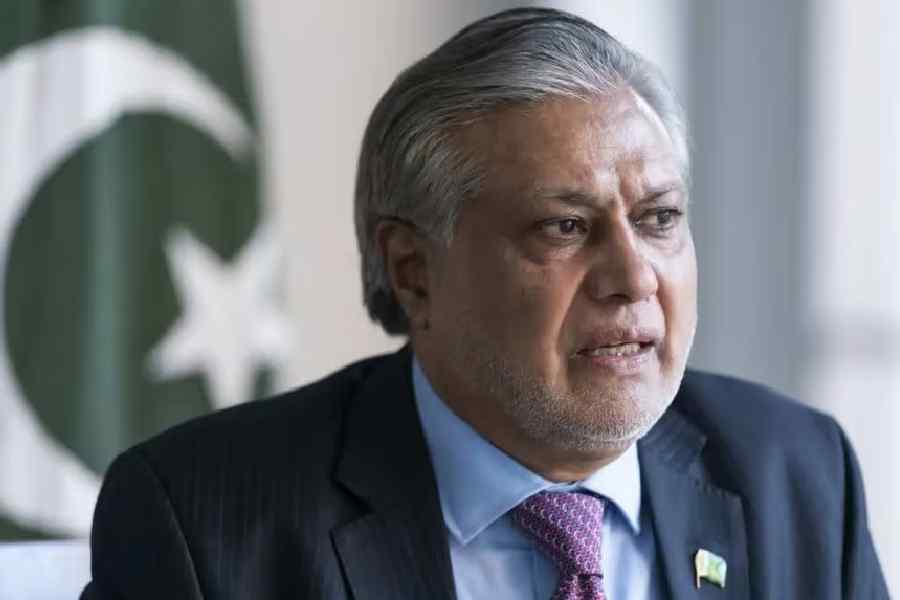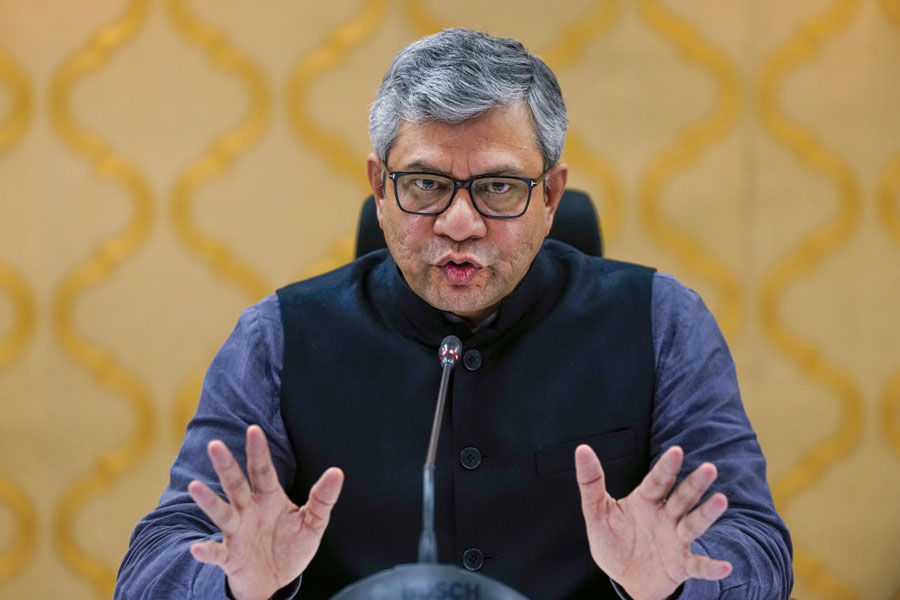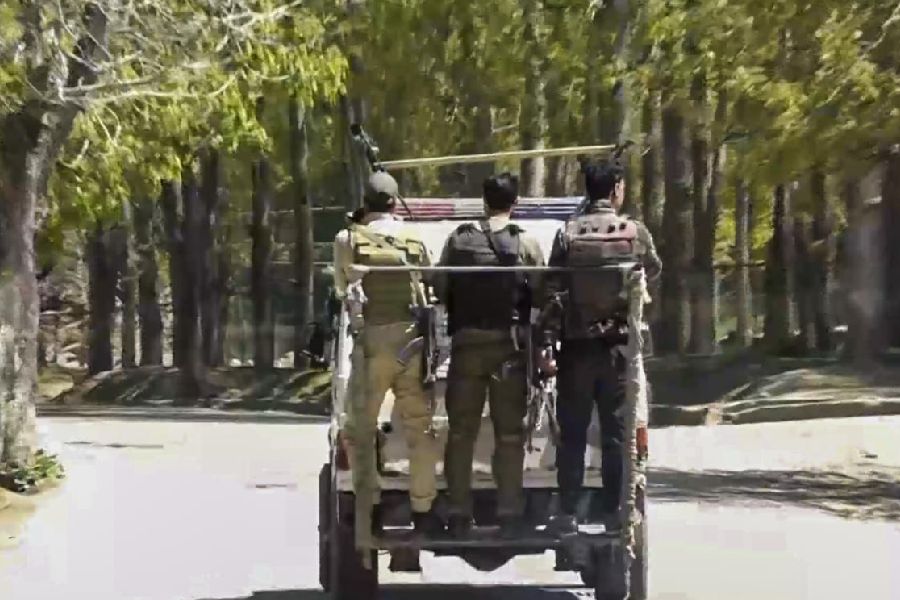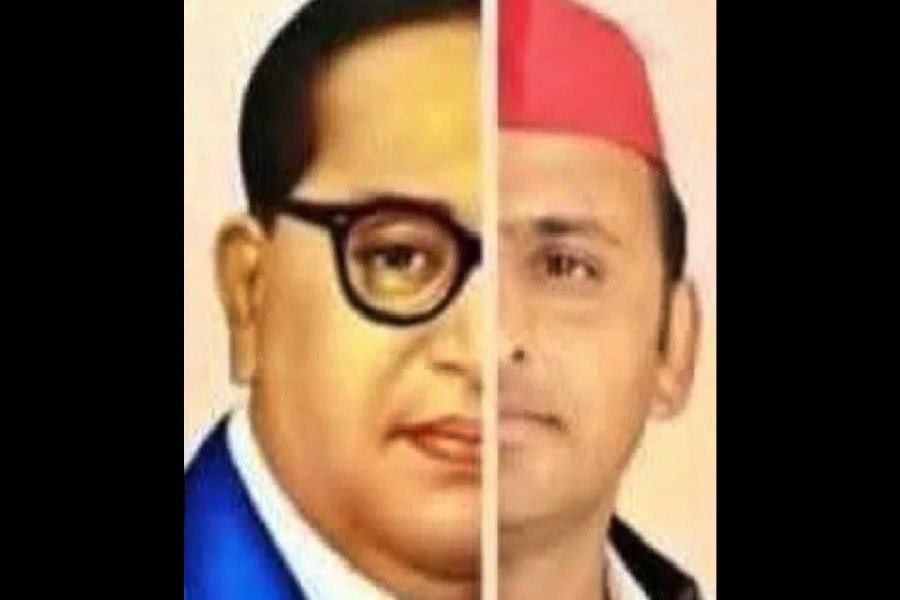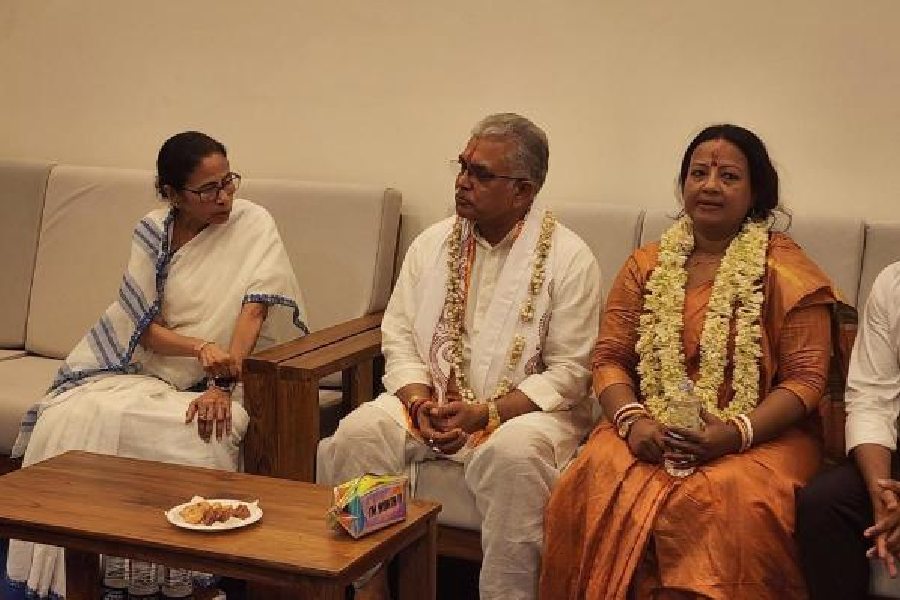
New Delhi, Jan. 26 (Reuters): India is planning to revive a cluster of colonial-era gold mines - shut for 15 years but with an estimated $2.1 billion worth of deposits left - as the world's second-largest importer of the metal looks for ways to cut its trade deficit, officials said.
State-run Mineral Exploration Corp has started exploring the reserves at Kolar gold fields in Karnataka to get a better estimate of the deposits, according to government officials and a briefing document prepared by the federal mines ministry.
The ministry has also appointed investment bank SBI Capital to assess the finances of the defunct state-run Bharat Gold Mines, which controls the mines, and the dues the company owes to workers and the authorities.
India, the world's biggest gold importer behind China, spends over $30 billion a year buying gold abroad, making the metal its second-biggest import item after crude.
Gold is a mainstay of Indian culture, serving as the primary vehicle for household savings for hundreds of millions of people.
Gold jewellery is considered one of the best gifts for gods and humans alike, and a spike in demand during the wedding season can move the global prices of the metal.
Balvinder Kumar, a top civil servant at the federal mines ministry, said getting the Kolar mines going would help the government bring down its import bill.
Initial Mineral Exploration Corp's estimates show reserves worth $1.17 billion in the mines. Another $880.28 million in gold-bearing deposits is estimated left over in residual dumps from previous mining operations.
"These mines have a huge potential," Kumar said, adding the initial estimates were conservative. "We feel there is more. The whole belt has a lot of potential in terms of untapped gold."
The document does not give an estimate of how much it would cost to restart the mines. India imports 900-1,000 tonnes per year, but local gold output is miniscule, at 2-3 tonnes per year.
Troubled mines
The Kolar fields, located about 65 km (40 miles) northeast of the technology hub of Bangalore, are among the world's deepest gold mines.
Mining was started there by John Taylor and Sons, a British engineering company, in 1880, when Britain ruled India. The area, now mostly a ghost town, still has the colonial-era clubs, houses and even a golf course that were built for its executives.
India took over Kolar soon after its independence in 1947, but struggled to profitably mine the reserves. In 2001, Bharat Gold was forced to cease operations because of mounting losses, the result of a large, unproductive workforce and dated, economically unviable methods of mining.
Over the next 15 years, successive federal and state governments have tried to revive the mines or to sell them off, often disagreeing on the course of action and taking their disputes to the courts.
The two have to agree because the federal government has the "surface right" over the mines, but Karnataka is responsible for granting the licence to operate there. In 2013, Karnataka let Bharat Gold's mining lease expire.
Now, both the federal and the state governments want to have another go at reviving the mines, hoping to learn from past mistakes. The federal government has sent a request to Karnataka to renew Bharat Gold's mining lease.
According to the document, Bharat Gold owes huge liabilities to the central and state governments as well as banks and the electricity authorities in Karnataka.
SBI Capital is looking to give an assessment for a one-time settlement of its dues.
If the investment bank's reports show that mining is viable, the government would seek to restructure Bharat Gold to restart mining there more efficiently, officials said.

